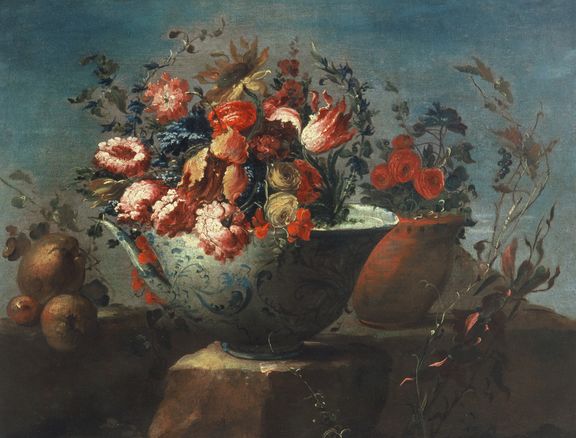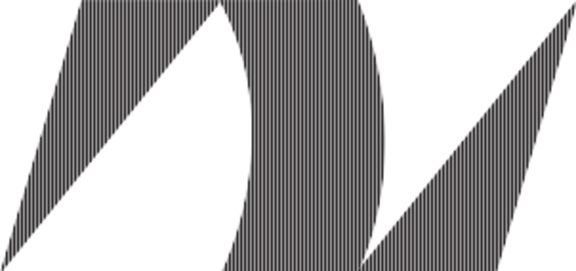Dolenjska Museum Novo mesto
-
24 Sep 2018
MontenegroPetrovacMemorial House Red CommuneThe opening of the exhibition of situla art Reflections of Prehistory in Bronze from the collection of the Dolenjska Museum Novo mesto, with a lecture about situla art by the exhibition's curator Borut Križ, supported by the Embassy of the Republic of Slovenia in Podgorica, -
to
28 Oct 2015
20 Nov 2015
MontenegroHerceg NoviJosip Bepo Benković GalleryThe opening of the exhibition of situla art Reflections of Prehistory in Bronze from the collection of the Dolenjska Museum Novo mesto, curated by Borut Križ and supported by the Embassy of the Republic of Slovenia in Podgorica,
History
The origins of the Dolenjska Museum may be traced back to the celebrations of the 500th anniversary of Novo mesto in 1865, when the first collection was established. A museum society was founded here in January 1941 and revived after World War II. The first permanent collections were displayed in 1953.
Programme
The Dolenjska Museum deals with the protection, preservation, research, exhibition and popularisation of moveable cultural heritage in the broader Dolenjska region. The museum represents a bridge between the history found in textbooks and the real remnants of the past.
Encompassing a total of 5 buildings which house 6 departments (archaeological, ethnological, recent history, art history, cultural history and education), the museum also presents changing exhibitions on historical and artistic themes, and undertakes research, publishing and exhibition activities, as well as systematic educational work. Within the archaeological department a conservation restoration workshop maintains archaeological heritage.
Over 22,000 historical objects are kept in its 5 collections, of which 3,000 are displayed in 4 permanent exhibitions.
Collections
The museum maintains 5 collections:
- an art history collection of 1,400 different works of art, mostly paintings and graphics, drawings and artistic photographs, fragments of frescoes from Dolenjska castles and churches;
- a recent history collection of 1,200 items and 19,000 photographs, numerous documents from the beginning of the 20th century to the present day, and an extensive collection of Partisan and enemy printed material, presented in a permanent exhibition, the curatorship also has its own archive;
- a cultural history collection, housed in the Križatija premises. Out of 2,400 items (objects of applied art and pictorial items, furniture and weapons from the 16th to the 20th century), 4,000 original photographs and postcards, 8,500 negatives, 1,500 slides and 8,500 card-index photographs, two areas stand out: the history of Novo mesto and the operation of the ironworks at Dvor, presented through publications, lectures and temporary exhibitions: Seals of Novo mesto; A Hundred Years of Cycling in Novo mesto; Novo mesto in Postcards; Embraced by the Waters of the Krka; The Colours – Town Guard – Music, Play!;
- an ethnological collection, housed in the Ropas house, of 3,700 objects, 5,000 slides, 12,000 negatives and 11,000 prints mainly from the 19th and 20th centuries, presented in permanent and temporary exhibitions and accompanying catalogues and brochures;
- an archaeological collection, housed in the Križatija building, of 15,000 complete archaeological objects from the late Stone Age up to the early Middle Ages, 20,000 colour slides, 23,000 black and white negatives, a substantial collection of digital photographs, 700 archaeological posters, presented in permanent and temporary exhibitions (Novo mesto before the Illyrians, The Chapter House Field, The Celts in Novo mesto, Glass and Amber of Novo mesto) and accompanying catalogues and brochures.
Exhibitions
The Dolenjska Museum has 7 permanent exhibitions on display.
An archaeological exhibition The Archaeological Image of Dolenjska – the museum's first exhibition which was recently updated and reorganised in 2008 and is housed on the ground and first floors of the Križatija building – presents the settlement of the narrower area of Dolenjska, including Novo mesto and one of the largest central European archaeological sites, Kapiteljska njiva, and is among the most important of such collections of movable heritage in Slovenia. The findings are of exceptional importance and rarity in terms of archaeological heritage in Slovenia and abroad. In 2008 Borut Križ, museum curator received the Valvasor Recognition for his work on the updated version of the exhibition. The finds have been restored in collaboration with the Institute for the Protection of Cultural Heritage of Slovenia, Novo mesto Regional Office, as well as the Römisch-Germanisches Zentral Museum in Mainz.
An ethnological exhibition on the annual cycle of peasant work, paintings on glass, wooden folk sculptures and painted furniture and others, first set up in 1986, on the first floor of the Ropas house.
An exhibition of recent history focused on the National Liberation Movement (NOB) in Slovenia. First established in 1981, it presents the time from the first organised appearances of the workers' movement before World War II up to the liberation of Novo mesto on 8 May 1945.
An exhibition on Leon Štukelj (1898–1999) the legendary athlete and Novo mesto native, who won Yugoslavia numerous Olympic gold medals in men's gymnastics (1924, 1928 and 1936).
Beside permanent exhibitions there are many temporary ones, mostly organised by the museum's departments; in 2009 an exhibition on beekeeping in the Gorenjska and Dolenjska region in co-organisation with Museum of Apiculture, Radovljica. In 2020 Novo mesto celebrated the 100th anniversary of the Novomeška pomlad [Novo mesto Spting] that marks the beginning of avant-garde art in Slovenia. The museum prepared an attempt of a reconstruction of the 1st Regional Exhibition from 1920, curated by Jasna Kocuvan Štukelj.
Off-site locations
The museum manages two satellites – the Jakac House, Novo mesto and the Camp Baza 20 Memorial Site, which includes cultural monuments of national importance Baza 20, the Partisan hospitals Zgornji Hrastnik and Jelendol with associated structures and burial places.



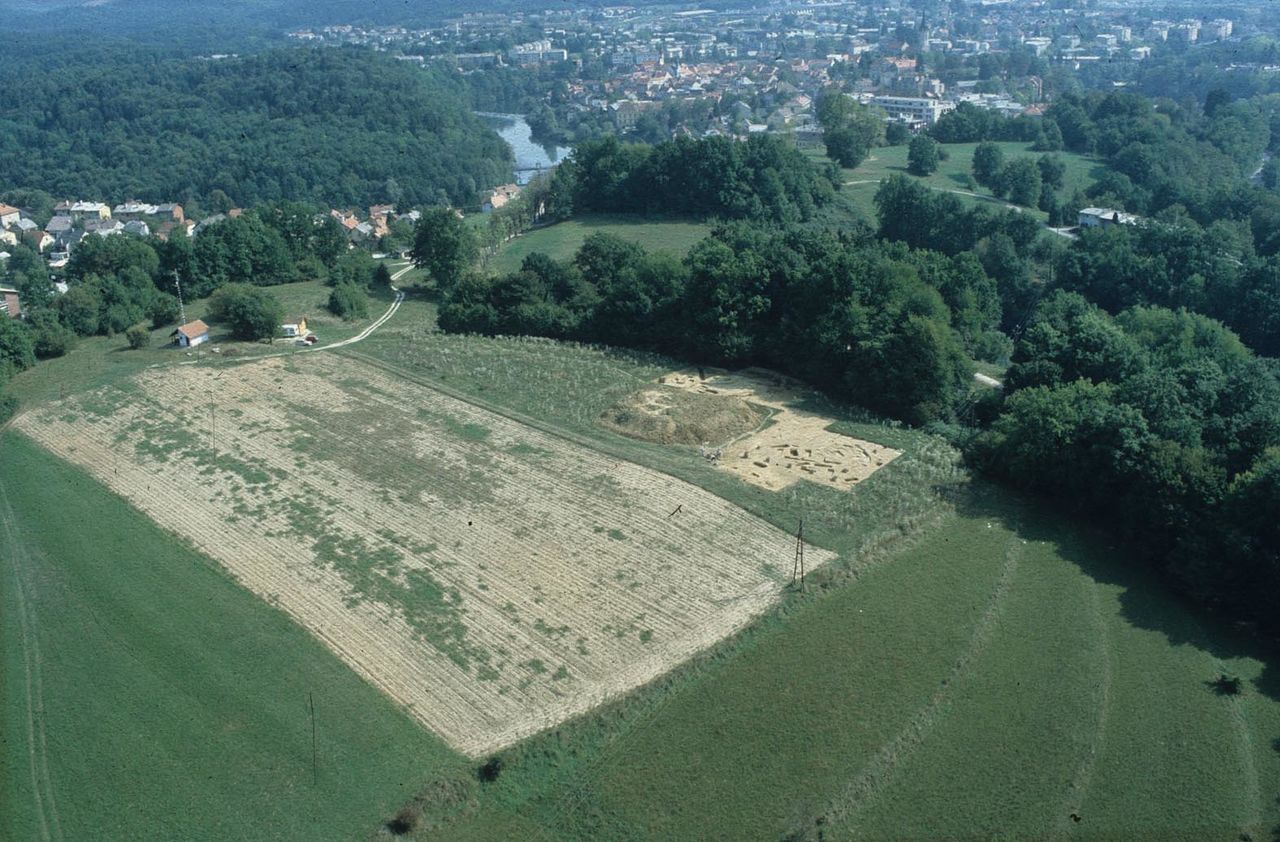
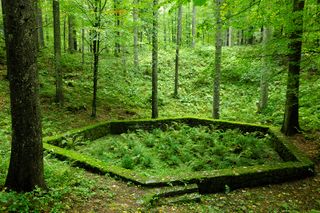
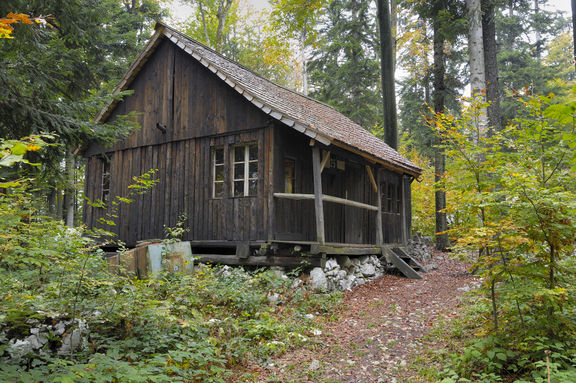
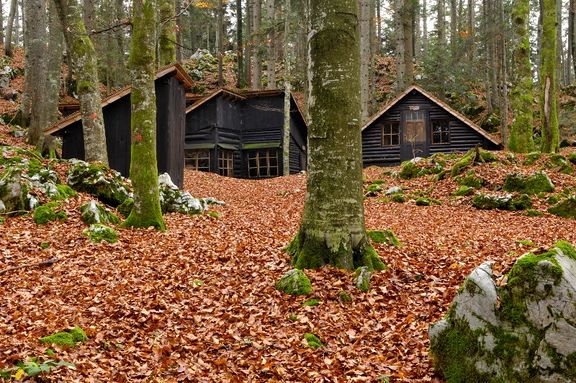
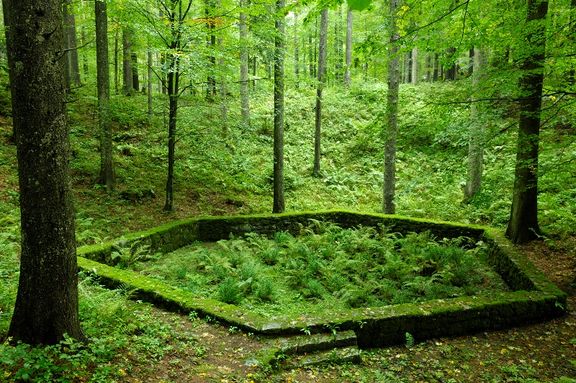

![Baza 20 [Base 20] served April 1943 - December 1944 as the living quarters for the political leadership of the Slovenian national liberation movement and represents an important monument to Slovenia’s statehood.](/images/thumb/c/c7/Baza_20_Memorial_Site_Kocevski_Rog_2005_Photo_Marko_Prsina.jpg/576px-Baza_20_Memorial_Site_Kocevski_Rog_2005_Photo_Marko_Prsina.jpg)


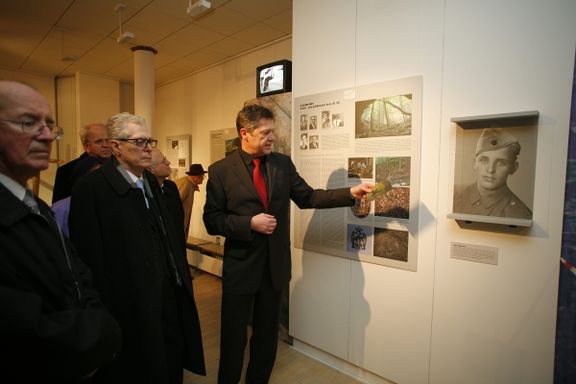
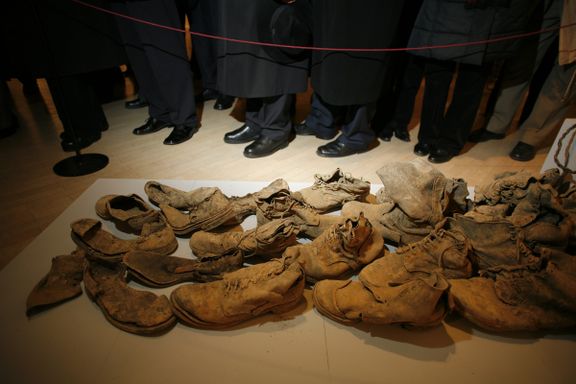
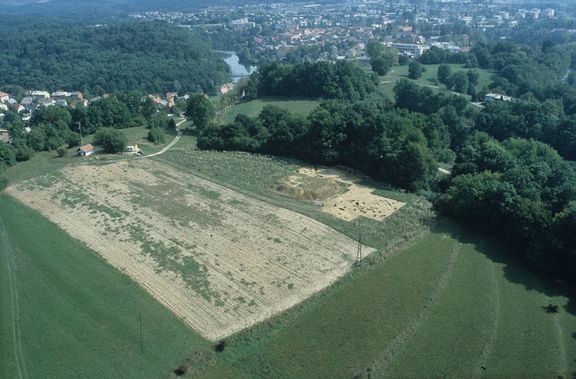
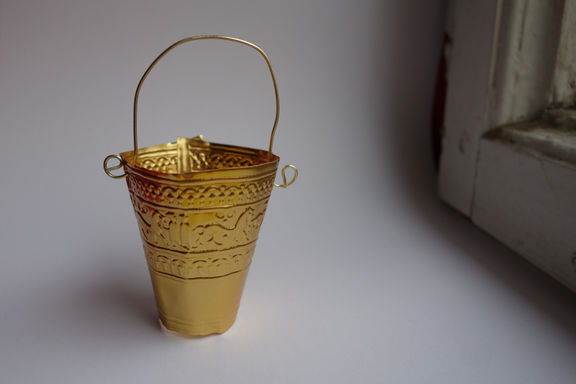
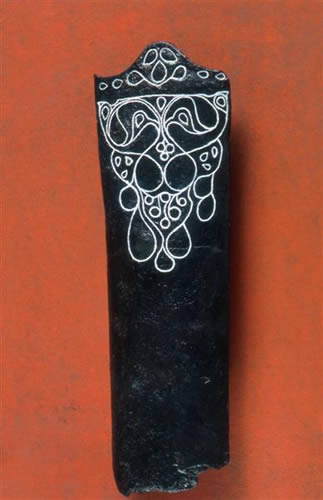
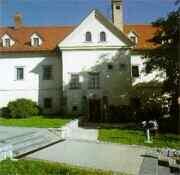
![Jakac House, holds a substantial collection of works by Slovenian artist Božidar Jakac [1899–1989], administered by Dolenjska Museum Novo mesto](/images/f/fa/Jakac_House_Dolenjska_Museum.jpg)
